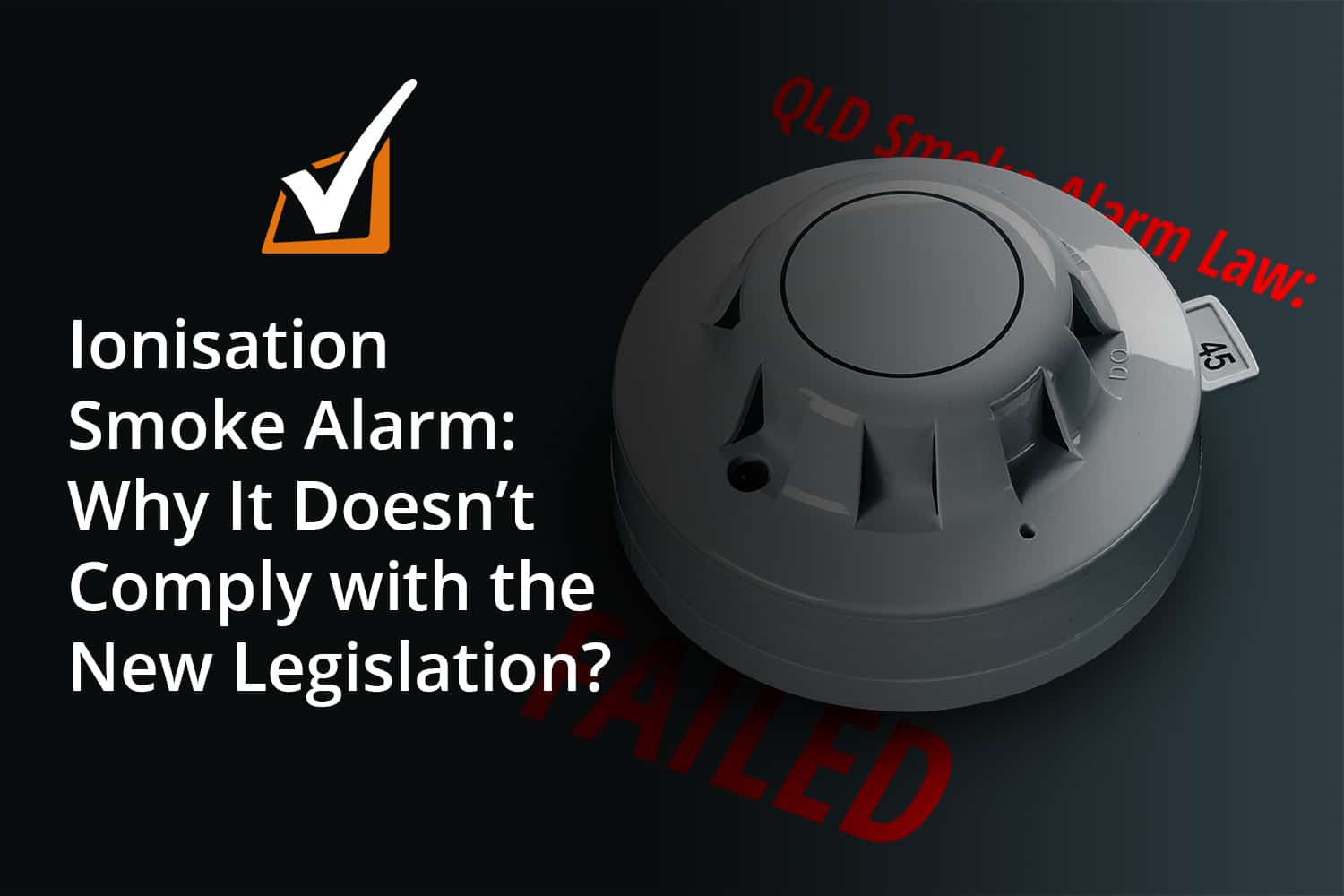The installation of ionisation smoke alarm used to be allowed in Queensland. But with the new smoke alarm laws in place, the technology requirements have changed. From January 1, 2017, moving forward, all new smoke alarms that will go into every property must only be photoelectric alarms that comply with Australian Standards 3786:2014. The legislation also outlines important details about the placement of smoke alarms in the home, and the timeframes of implementation, depending on the use of the property.
Let us tackle the reasons behind the technology requirements of the new Queensland Smoke Alarm rules.
Why is the ionisation smoke alarm not compliant with the new legislation?
-
An ionisation smoke alarm detects smouldering fires slower than interconnected photoelectric alarms.
Both alarms have their strengths and weaknesses. The ionisation alarm is best for fast-flaming fires. However, this is not best for the home environment, since most fires that occur in the home are slow-flaming. When it comes to smouldering fires, photoelectric provides an earlier, faster warning.
Every second counts during fire emergencies. When residents are alerted about the fire early, they have more time to escape and save themselves.
-
An ionisation smoke alarm is prone to giving false warnings.
False alarms are the worst. They give you a mini-heart attack and cause unnecessary panic in the home. Ionisation smoke alarms are found to be more susceptible to false alarms compared to the photoelectric type.
To further reduce false alarms, Australian Standards 3786:2014 has additional requirements that photoelectric alarms must have before they are considered compliant.
-
An ionisation smoke alarm has radioactive isotopes.
We dispose of smoke alarms when their expiration date is due. However, ionisation smoke alarms have radioactive isotopes (that’s how they detect the fire), which are flammable. You won’t want to have a radioactive matter in your home and going into waste.
Photoelectric fire alarms are not flammable, and their disposal is safe as long as you remove the batteries first.
Want to know more about the amended Queensland legislation? If you have questions about the differences between an ionisation smoke alarm and the photoelectric type, or just about anything you don’t quite understand the new rules, we are here to help!
Complete the form below, and we’ll talk to you shortly!


Leave A Comment